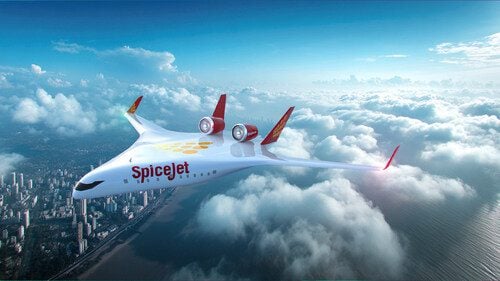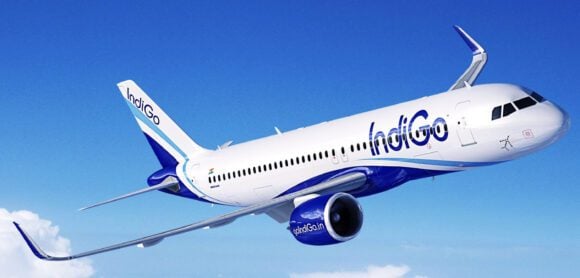
oceania
Regional Overview & Demand Trends
- Air New Zealand expects to carry over 745,000 passengers during the July school holiday period (June 27–July 13, 2025), adding more than 200 domestic flights and 18,000 seats to meet demand.
- For the Oct 2025–Mar 2026 season, it plans to operate 1.7 million seats on trans-Tasman and Pacific Island routes, representing a 5.4% capacity increase, with premium seats expected to grow by 8%.
Route Network Expansions & Partnerships
- IndiGo and Jetstar launched a new codeshare, enabling better access between India and destinations in Australia and New Zealand via Singapore, Bangkok, and Phuket.
- Qantas and LATAM expanded their codeshare to include domestic routes in Australia and Singapore, improving links between Melbourne, Sydney, Darwin, Alice Springs, and Singapore.
- Qantas secured 36% of slots at Sydney Airport for Summer 2025, marking a shift under the new coordinator ACL Asia Pacific, which helps introduce competitive frequencies and maintain capacity levels.
Fleet Availability & Operational Challenges
-
Air New Zealand continues to manage fleet shortages, with up to 10 aircraft out of service due to global engine maintenance delays, impacting both A321neo and 787-9 fleets. The disruptions are forecast to last into early 2026.
New Routes & Strategic Plans
- A new Christchurch–Adelaide seasonal route launches in late October 2025, adding ~15,000 seats over the season.
- Western Sydney International (WSI) has confirmed Air New Zealand as the first international carrier with planned flights from Auckland, scheduled to commence by mid-2027.
- China Eastern Airlines will restore direct Auckland–Buenos Aires connectivity via Shanghai, starting December 2025.
Infrastructure & Regional Planning
- Network Aviation (QantasLink) will launch Perth–Newcastle and Perth–Hobart routes in late 2025, supporting WA’s mining and FIFO networks.
- Newcastle Airport (NSW) is continuing its terminal upgrade, aiming to expand international capacity and achieve more seamless passenger flows by early 2026.
Strategic Insight & Outlook
Despite fleet challenges and constrained infrastructure, Oceania’s aviation sector shows strong recovery through:
- New codeshare alliances (IndiGo–Jetstar, LATAM–Qantas),
- Steady capacity increases, especially on trans-Tasman routes,
- Long-term fleet planning and regional connectivity investments.
Government and private infrastructure initiatives—such as Western Sydney Airport and Navi Mumbai’s counterpart in India—signal that airports will be key levers for maintaining this growth.
Summary
Week 29 reflects Oceania’s continued aviation resilience, marked by robust passenger flows, strategic international partnerships, and a sharp focus on future-ready infrastructure and service delivery.
Views: 53




